“I have been through some bad turbulence before but nothing like this. The aircraft will shake a bit but not be damaged internally,” said the former pilot, who spoke on condition of anonymity.
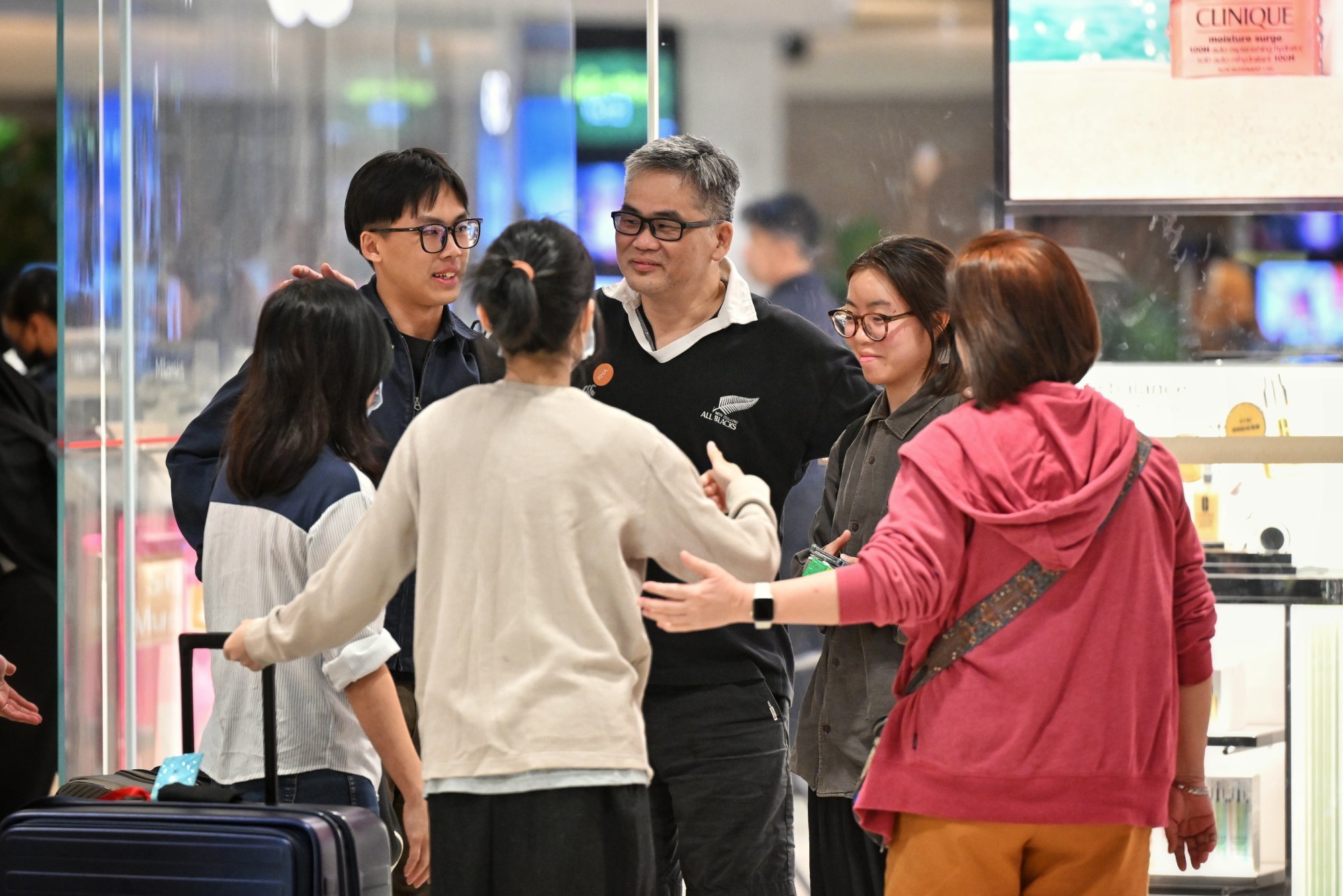
The scheduled London-Singapore flight on a Boeing 777-300ER made an emergency landing in Bangkok on Tuesday after it encountered sudden extreme turbulence over Myanmar’s Irrawaddy Basin, according to the airline.
A 73-year-old British passenger died from a suspected heart attack, while several passengers had to be carried out of the plane on stretchers. Among the injured, seven are in critical condition, according to Thai airport authorities.
The flight had 211 passengers and 18 crew members.
Data posted by Flightradar24 on social media shows SQ321 had a “significant rapid change in vertical rate” at about 7.49am UTC. This includes the aircraft plummeting from about 37,900 feet to 35,200 feet in six seconds.
Singapore Airlines CEO Goh Choon Phong said in a video message on Wednesday morning that 143 of the passengers and crew members who were able to travel landed in Singapore on Wednesday at 5.05am. A total of 79 passengers and six crew members are still in Bangkok.
“This includes the injured who are receiving medical treatment, as well as their families and loved ones who were on the flight. Singapore Airlines will continue to extend all possible support to them,” said Goh, adding that the airline would fully cooperate with authorities in any investigation.
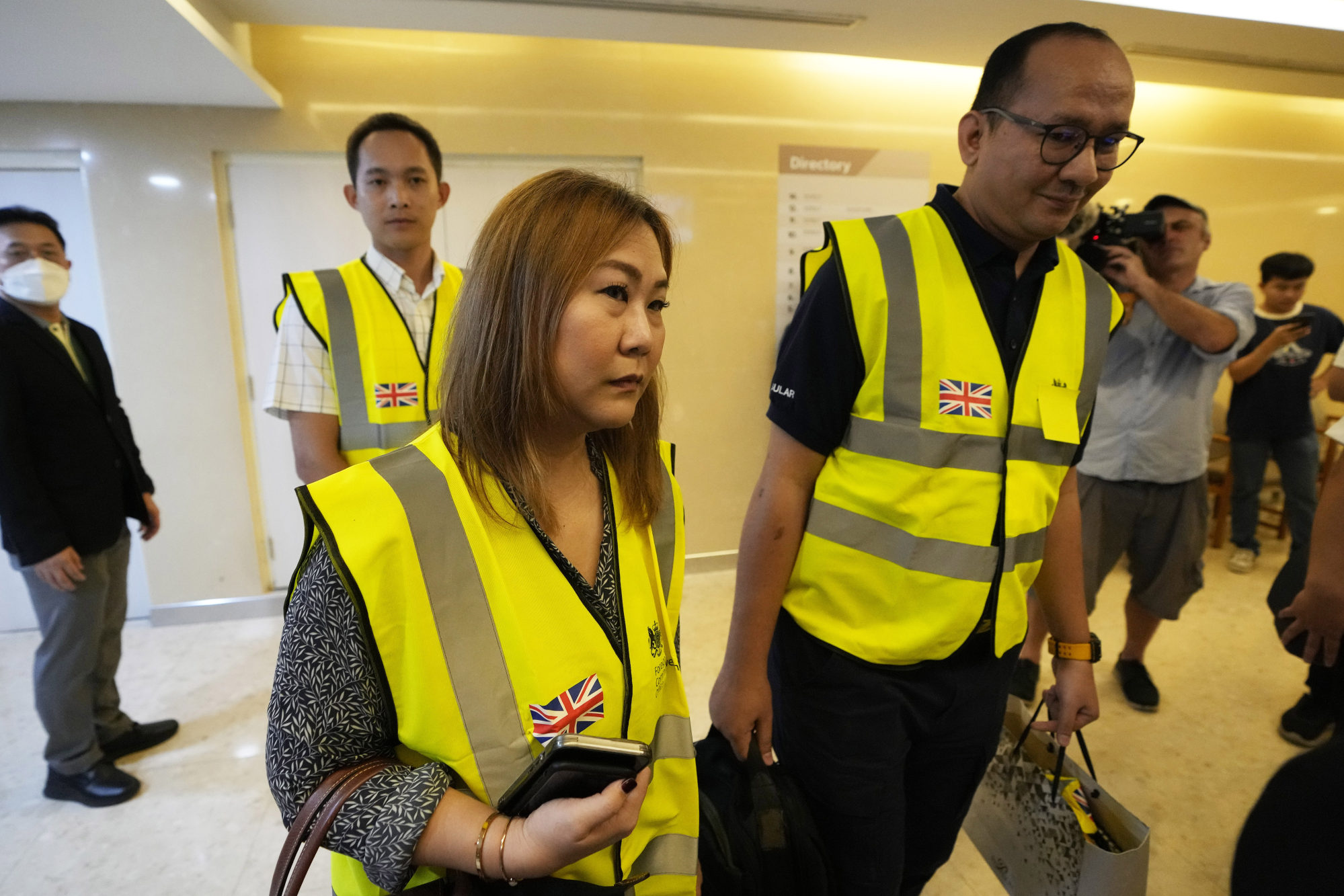
The man who died was identified on Wednesday morning by news outlets as Geoff Kitchen.
The BBC reported that Kitchen helped run a local theatre group and was described as “always a gentleman with the utmost honesty and integrity”.
“It is with a heavy heart that we learn of the devastating news of the passing of our esteemed colleague and friend,” the statement from Thornbury Musical Theatre Group in South Gloucestershire said, adding that he served the group and the local community of Thornbury for more than 35 years.
Singapore’s Prime Minister Lawrence Wong sent his “deepest condolences” to the family and loved ones of Kitchen.
Meanwhile, Singapore Transport Minister Chee Hong Tat wrote in a Facebook post on Wednesday morning that officers from his ministry’s Transport Safety Investigation Bureau (TSIB) arrived in Bangkok on Tuesday night.
Chee said: “As this incident involves a Boeing 777-300ER aircraft, the United States’ National Transportation Safety Board [NTSB] is sending an accredited representative and four technical advisers to support the investigation.”
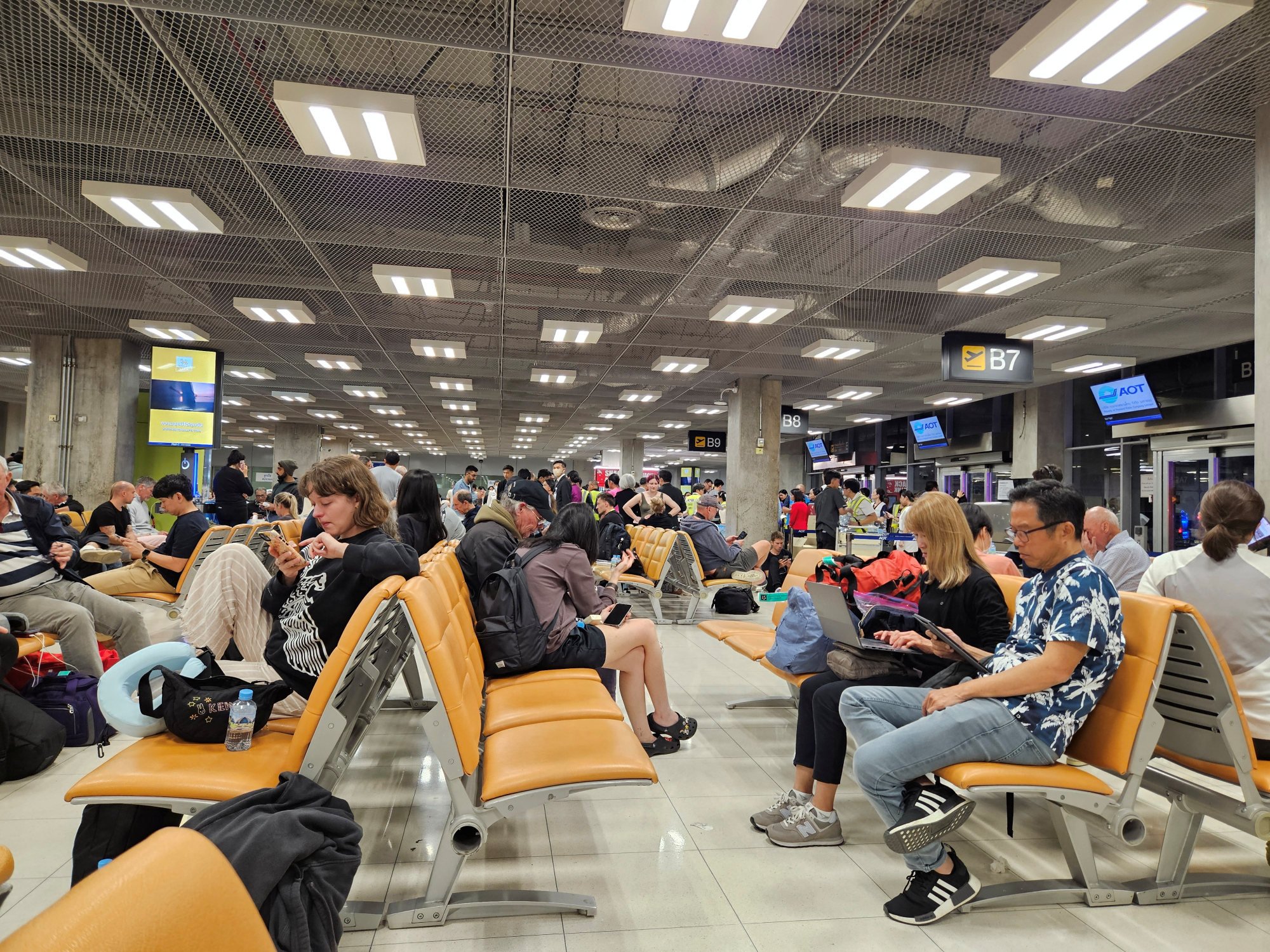
Chief ground instructor at Seletar Flight Academy Albert Tiong, who has worked in the aviation industry for 22 years, said such investigations involving aircraft accidents were in line with International Civil Aviation Organisation (ICAO) Standards and Recommended Practices.
“Since there was a fatality and others seriously injured, the accident must be investigated, with the objective of the investigation being the prevention of future accidents and incidents. It is not the purpose of this activity to apportion blame or liability,” Tiong said.
The State of Registry and the State of the Operator, which are both Singapore in this case, as well as the State of Design and the State of Manufacture, which refer to the US, are entitled to be represented at any investigation.
“Any state, which when requested provides information, facilities, or experts to the state conducting the investigation, is entitled to be represented at the investigation,” Tiong said.
He noted that under the Chicago Convention, states in charge of an investigation must submit a preliminary report to ICAO within 30 days of the date of the accident.
“However, I would think the final report should be published in six to nine months’ time,” Tiong said.
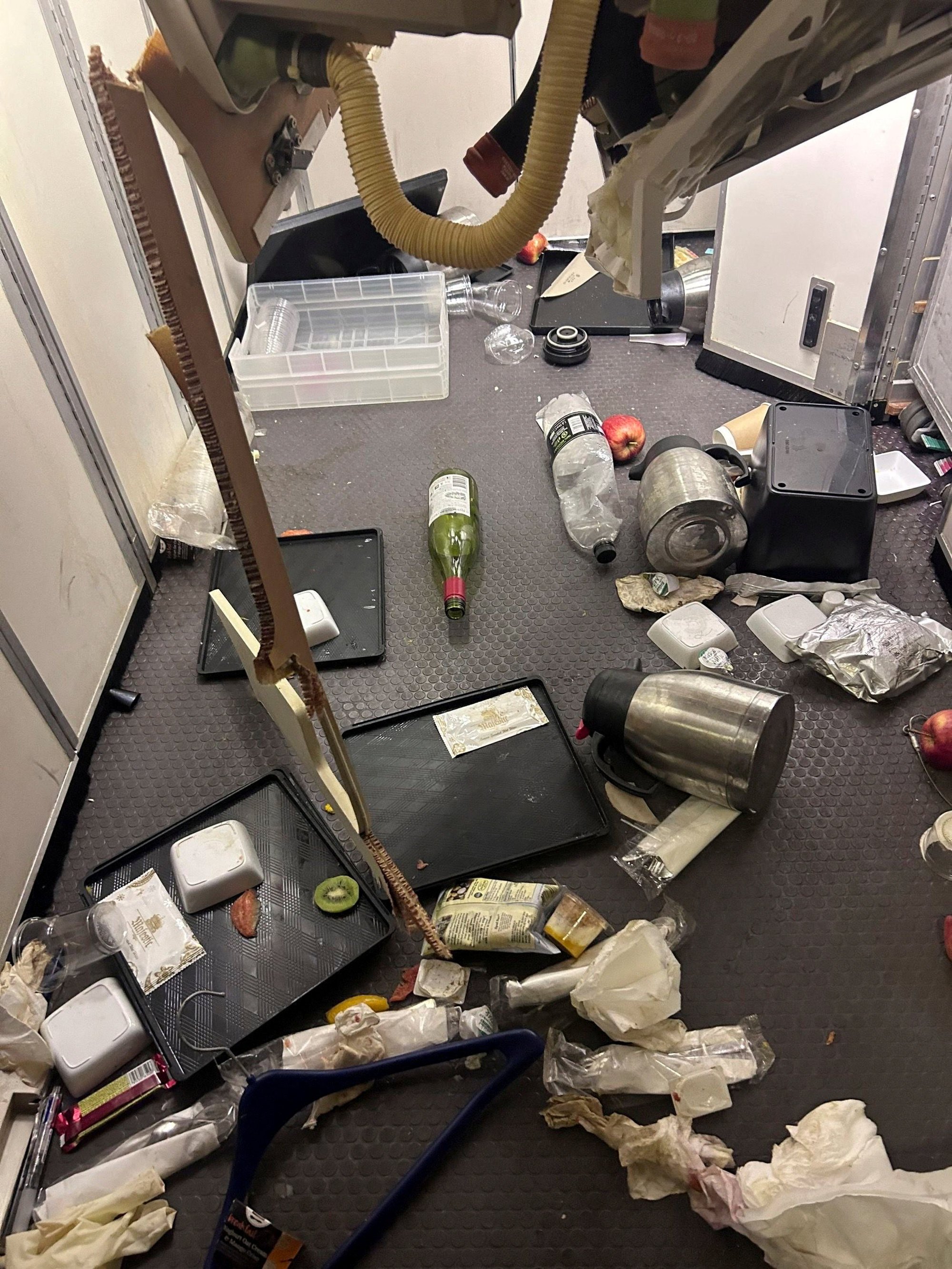
Tiong, who was also an instructor pilot for 14 years, said it was very likely that the aircraft encountered jet stream, a narrow fast-moving current of air caused by large temperature differences.
“In this region at this time of the year, usually between land [hot] and sea [cool]. The temperature difference at the tropopause causes air to flow from the area of higher pressure [warm] to the area of lower pressure [cold], causing the airflow to swirl at very high speed,” said Tiong, referring to the boundary that demarcates the troposphere below from the stratosphere above.
The retired Singapore Airlines pilot explained that the technology available to pilots during flights was unable to detect clear air turbulence, and the weather radar would not pick up anything on the display.
“When encountering sudden turbulence, the crew will typically turn on the fasten seat belt sign and reduce the cruising speed,” he said.
He added that during investigations by TSIB, which could take several months, the crew would be taken off flying duties to facilitate the probe.
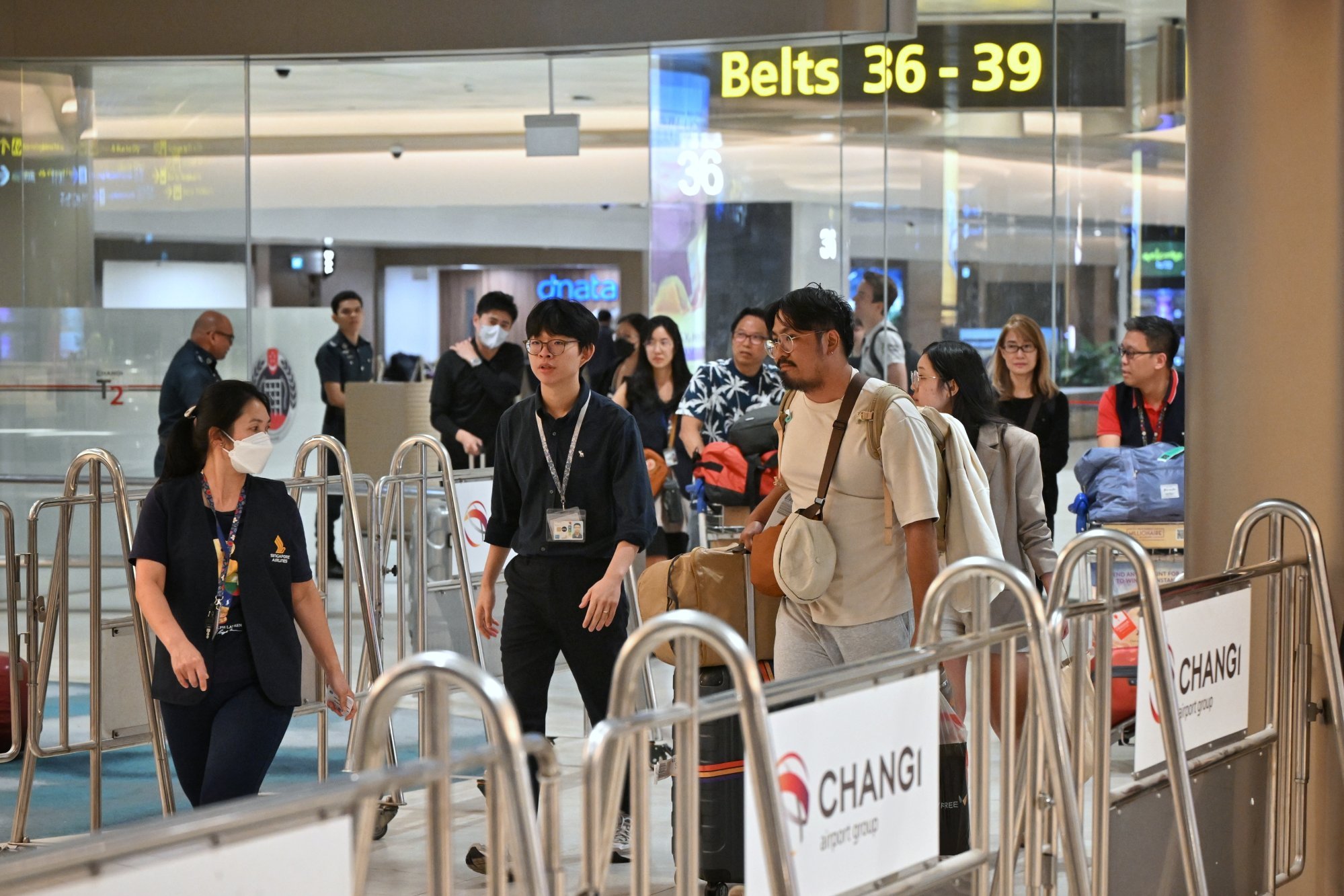
Compensation for passengers
Professor at the NUS Law School Alan Tan, who specialises in aviation law, said courts in various countries had “long recognised” passenger injuries arising from accidents such as aircraft turbulence as compensable by the airline and its insurers.
Tan said states were bound by the 1999 Montreal Convention, under which passengers could possibly bring action in Singapore, which was the state of the airline, as well as destination state, or their state of principal and permanent residence. This includes the United Kingdom for some of the most affected passengers.
Singapore Airlines said the passengers were from 17 different countries, most of whom came from Australia, the UK, New Zealand, Singapore and Malaysia.
“One issue might be whether passengers heeded any warnings to belt up, as an airline may raise a defence of ‘contributory negligence’ on the passengers’ part,” said Tan, who, like other experts, estimated investigations would take several months.
He added that the amount claimable would depend on the actual losses suffered.
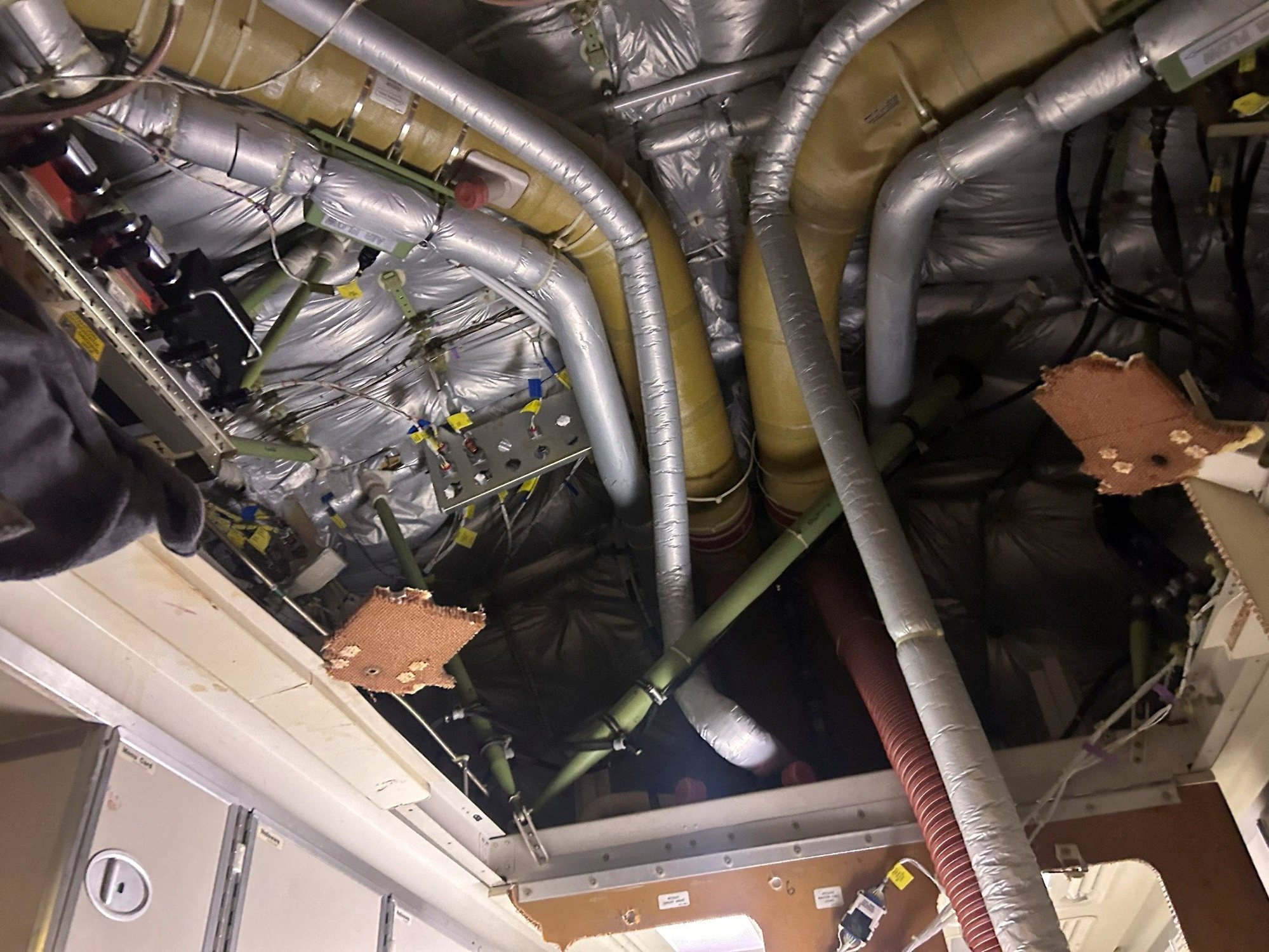
The compensation for the death of each passenger is typically capped at US$170,000 without having to prove an airline involved in such an incident is at fault, according to Tan. Beyond that amount, the airline could seek to show that the damage was not due to its negligence or other wrongful act or omission, Tan and aviation lawyers said.
“Also, as commonly seen in past cases, the parties may come to a settlement without any need for court action,” Tan added.
Whether the airline would face a fine also remained to be seen, said Michael Daniel, managing director of Aviation Insight, an aviation consultancy.
“The [findings of the] investigation would have to be looked at to determine probable cause and make recommendations,” he said. “That is a different investigation from compliance and enforcement, which would be done by the local authorities overseeing Singapore Airlines, but I don’t think that is being considered because there’s no known violation or evidence of violation at hand at this point.”
One of the world’s highest-ranked airlines for service, Singapore Airlines also boasts a strong safety record.
The airline has had seven accidents in its history, according to the Aviation Safety Network, a database that provides information on airline safety issues and accidents.
The last time a Singapore Airlines accident resulted in fatalities was in October 2000, when a plane crashed on a closed runway during take-off at Taoyuan International Airport in Taiwan, killing 83 of the 179 people on board.

